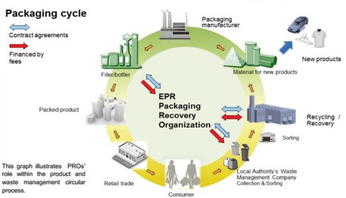An Investigation of Mechanisms Involved in the Web-to-Drum Heat Transfer Coefficient when Using Gas Injection Between the Web & Drum
Presented by Mike McCann, McCann Science
Many vacuum deposition processes are limited in the speed they can be run at
because of the deposition heat load. In previous work it has been shown that the ratelimiting factor is the heat transfer coefficient between the back surface of the polymer web & the cooled deposition drum. This heat transfer coefficient is not only the ratelimiting factor but is also a variable & is also generally an unknown variable. The heat transfer coefficient depends upon the surface roughness of the deposition drum, the surface roughness of the back surface of the polymer web & the moisture content of the polymer. The surface roughness of the two surfaces controls the number of point contacts between the two surfaces & this determines the amount of heat transferred by direct conduction. The moisture content of the polymer determines the amount of gas trapped between the web & drum which enables further transfer of heat from the web to the drum. As the moisture content is different for different polymers the heat transfer coefficient will also be different for different polymers. Even with the same polymer the moisture content will also vary. The moisture content can be dependant upon the process conditions and also the humidity during manufacturing & also downstream processing & storage.
This post is for paying members only
SubscribeAlready have an account? Log in

